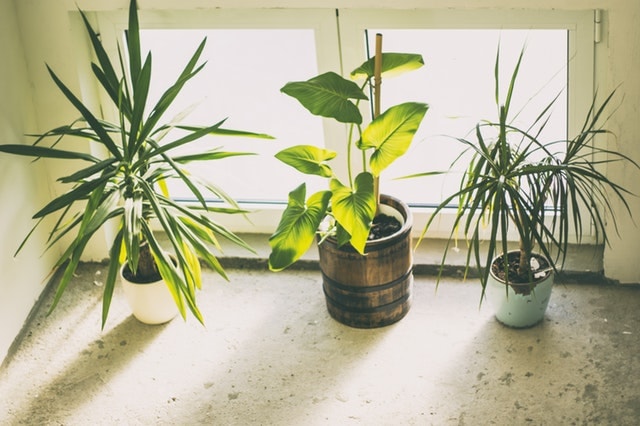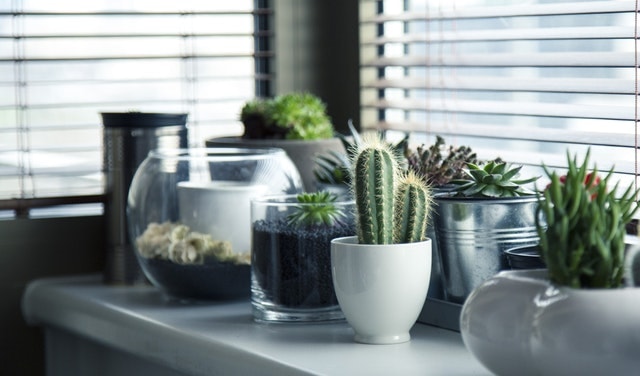Arborvitaes, with their elegant and stately presence, are a favorite choice for hedges and privacy screens in landscaping. Their dense foliage provides year-round greenery and can serve as a magnificent backdrop for a variety of plants. Choosing the right companions to plant in front of arborvitae can enhance the beauty of your garden, add layers of texture and color, and ensure a harmonious landscape design. In this blog post, we’ll explore the best plants to complement your arborvitae and create a visually stunning garden.
Understanding Arborvitae
Before selecting companion plants, it’s important to understand the growing conditions and characteristics of arborvitaes:
- Light: Arborvitaes prefer full sun to partial shade.
- Soil: They thrive in well-draining soil but can tolerate a range of soil types.
- Moisture: They require consistent moisture, especially during their first few years of growth.
Keeping these factors in mind will help you choose plants that thrive in similar conditions and enhance the overall aesthetics.
9 Plants you can plant in front of arborvitaes
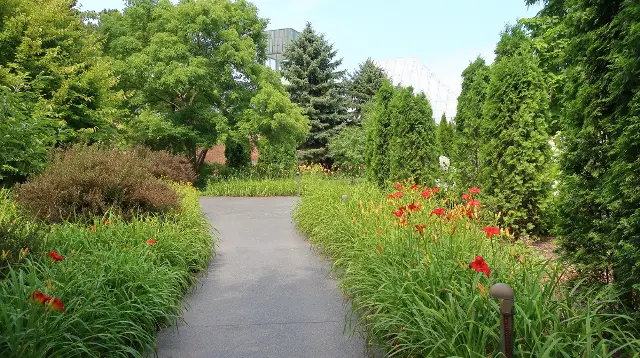
Flowering Perennials
Flowering perennials are an excellent choice to plant in front of arborvitaes. They add vibrant color, texture, and seasonal interest. Here are a few top picks:
- Hostas: Hostas are a classic choice for shaded or partially shaded areas. Their lush foliage and variety of leaf shapes, sizes, and colors can create a striking contrast against the dark green of arborvitaes. Hostas also produce lovely flowers on tall stalks, adding vertical interest.
- Astilbes: Astilbes are known for their feathery plumes of flowers that come in shades of pink, red, white, and purple. They thrive in partial shade and moist soil, making them perfect companions for arborvitaes. Their delicate, airy blooms provide a beautiful contrast to the dense foliage of arborvitaes.
- Daylilies: Daylilies are hardy perennials that produce abundant blooms throughout the summer. Their vibrant flowers come in a variety of colors and can add a splash of brightness to the base of your arborvitaes. They are easy to care for and thrive in full sun to partial shade.
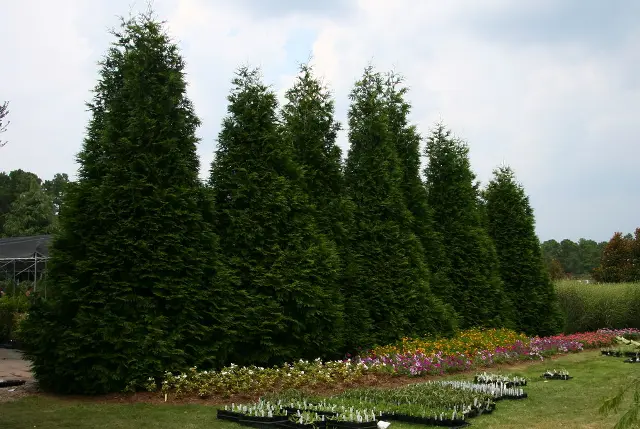
Ornamental Grasses
Ornamental grasses can add texture, movement, and a natural feel to your landscape. They are excellent for planting in front of arborvitaes, providing a soft, flowing contrast to the rigid structure of the shrubs.
- Feather Reed Grass (Calamagrostis acutiflora): Feather reed grass is a popular ornamental grass known for its tall, slender stalks and feathery plumes. It adds vertical interest and sways gracefully in the wind, creating a dynamic landscape feature.
- Blue Fescue (Festuca glauca): Blue fescue is a low-growing ornamental grass with striking blue-gray foliage. It forms neat, compact mounds that can create a beautiful border or ground cover in front of arborvitaes. Its unique color adds a cool, calming effect to the landscape.
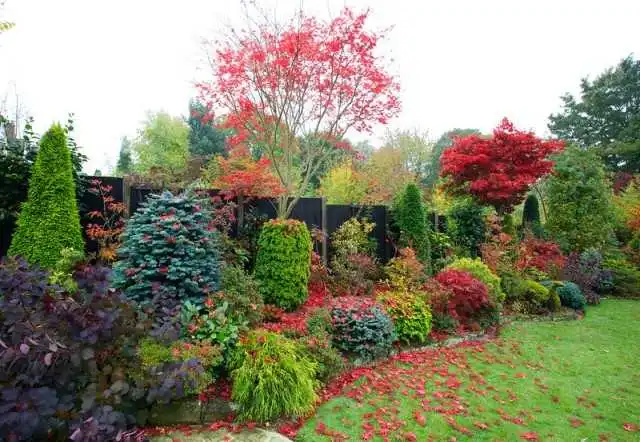
Evergreen Shrubs
For year-round interest and additional layers of greenery, consider planting evergreen shrubs in front of arborvitaes. These plants can provide structure and continuity throughout the seasons.
- Boxwood (Buxus): Boxwood shrubs are versatile evergreens that can be shaped into neat hedges or left to grow naturally. Their small, dense leaves create a fine texture that contrasts nicely with the larger scale of arborvitaes. They thrive in full sun to partial shade and well-draining soil.
- Rhododendrons and Azaleas: Rhododendrons and azaleas produce stunning spring blooms and maintain their evergreen foliage year-round. They prefer partial shade and acidic soil, which often aligns well with the conditions around arborvitae. Their vibrant flowers can add a burst of color to your landscape.
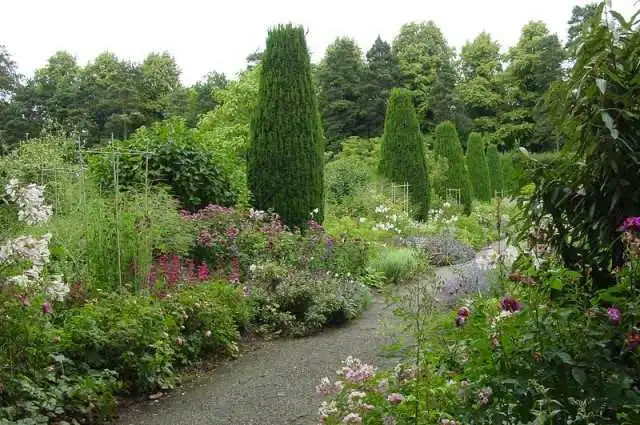
Ground Covers
Ground covers can fill in spaces and create a lush carpet of greenery or flowers at the base of your arborvitaes.
- Creeping Jenny (Lysimachia nummularia): Creeping Jenny is a fast-spreading ground cover with bright yellow-green foliage. It thrives in moist, well-drained soil and can tolerate partial shade. Its trailing habit makes it an excellent choice for softening the edges of planting beds.
- Periwinkle (Vinca minor): Periwinkle is a hardy ground cover that produces charming blue or purple flowers. It’s perfect for creating a dense mat of foliage that suppresses weeds and adds color to the garden floor.
Conclusion
Selecting the right plants to complement your arborvitaes can transform your landscape into a lush, layered, and visually appealing space. By considering the light, soil, and moisture requirements of both the arborvitae and their companions, you can create a harmonious and thriving garden. Whether you choose flowering perennials, ornamental grasses, evergreen shrubs, or ground covers, each plant can enhance the beauty of your arborvitaes and contribute to a stunning, cohesive landscape design.
MORE POSTS: What to plant in front of hydrangeas?

